South Coast Botanic Garden 2010
What are we up to in retirement?
We Are Continuing Our Walk (Page Three)
We are heading back to the entrance via the various walks

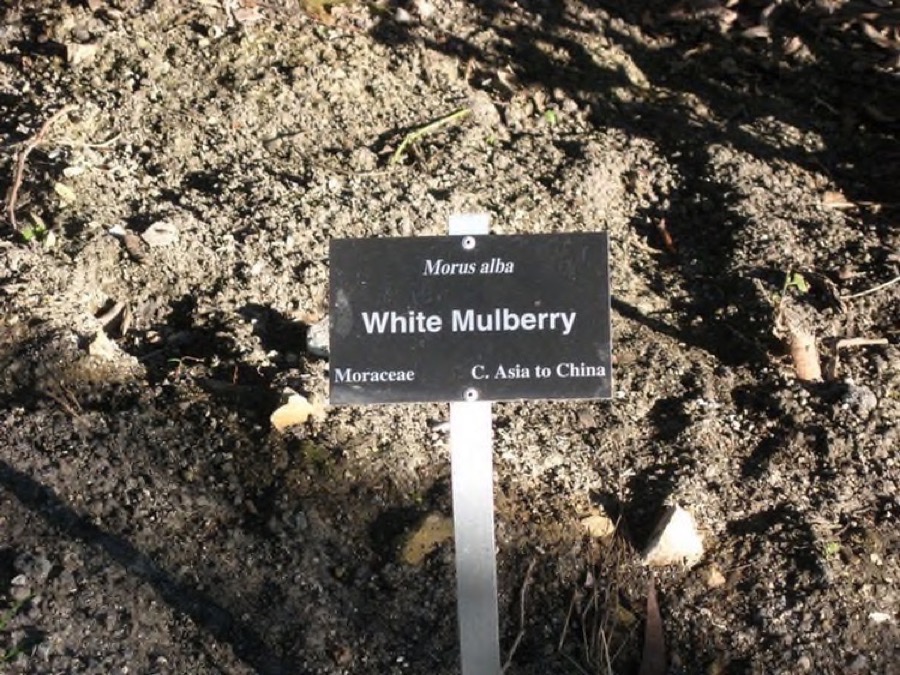
The signage was excellent throughout the garden
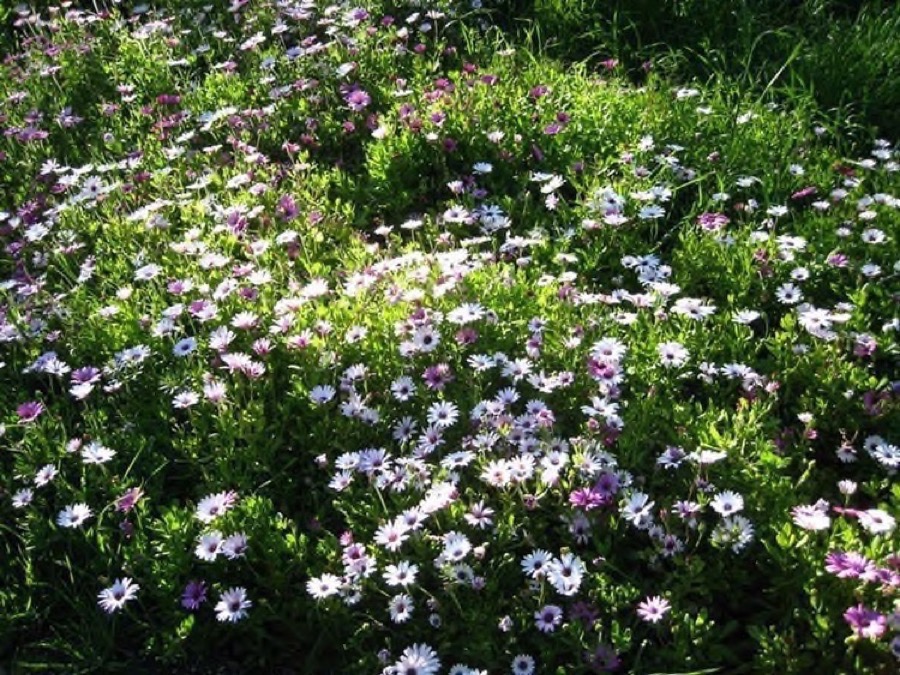
The flowers were just magnificent in the sunlight
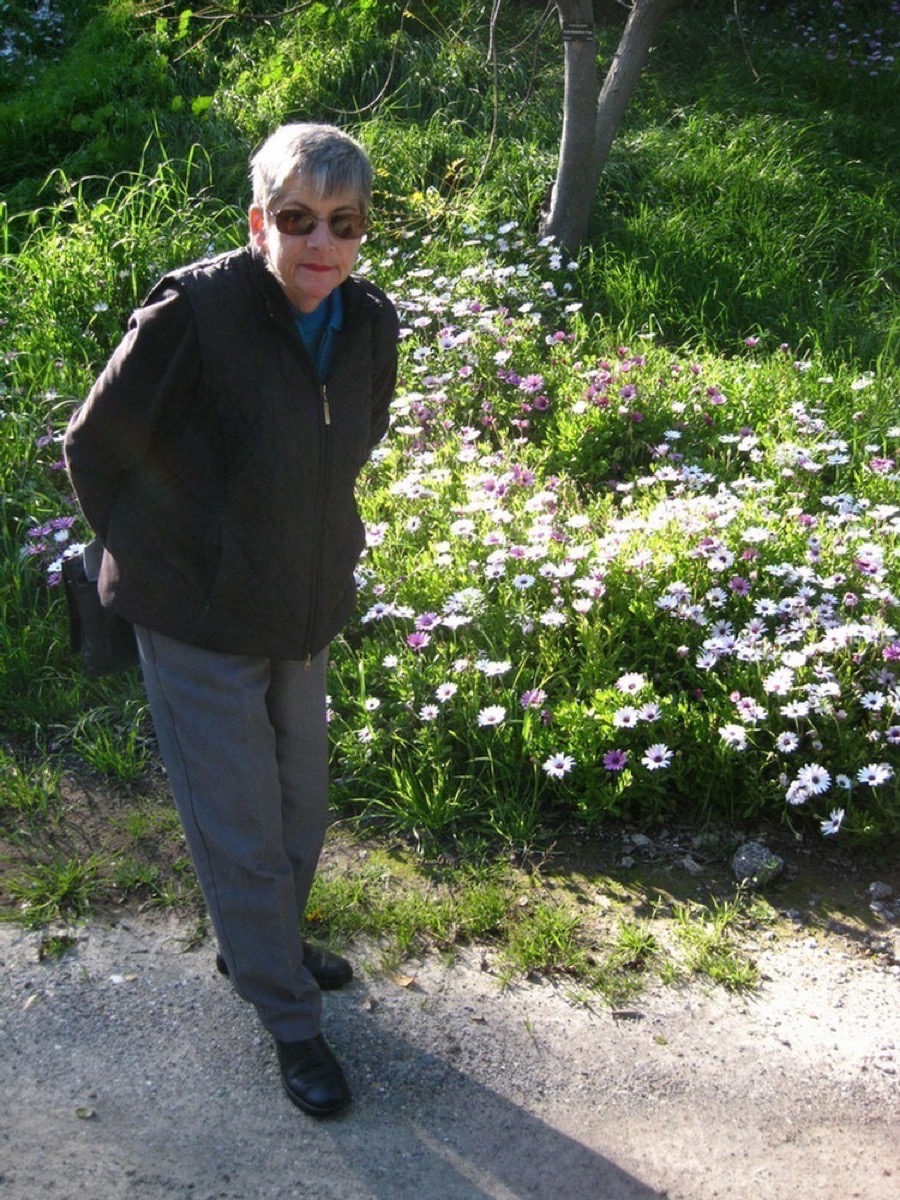

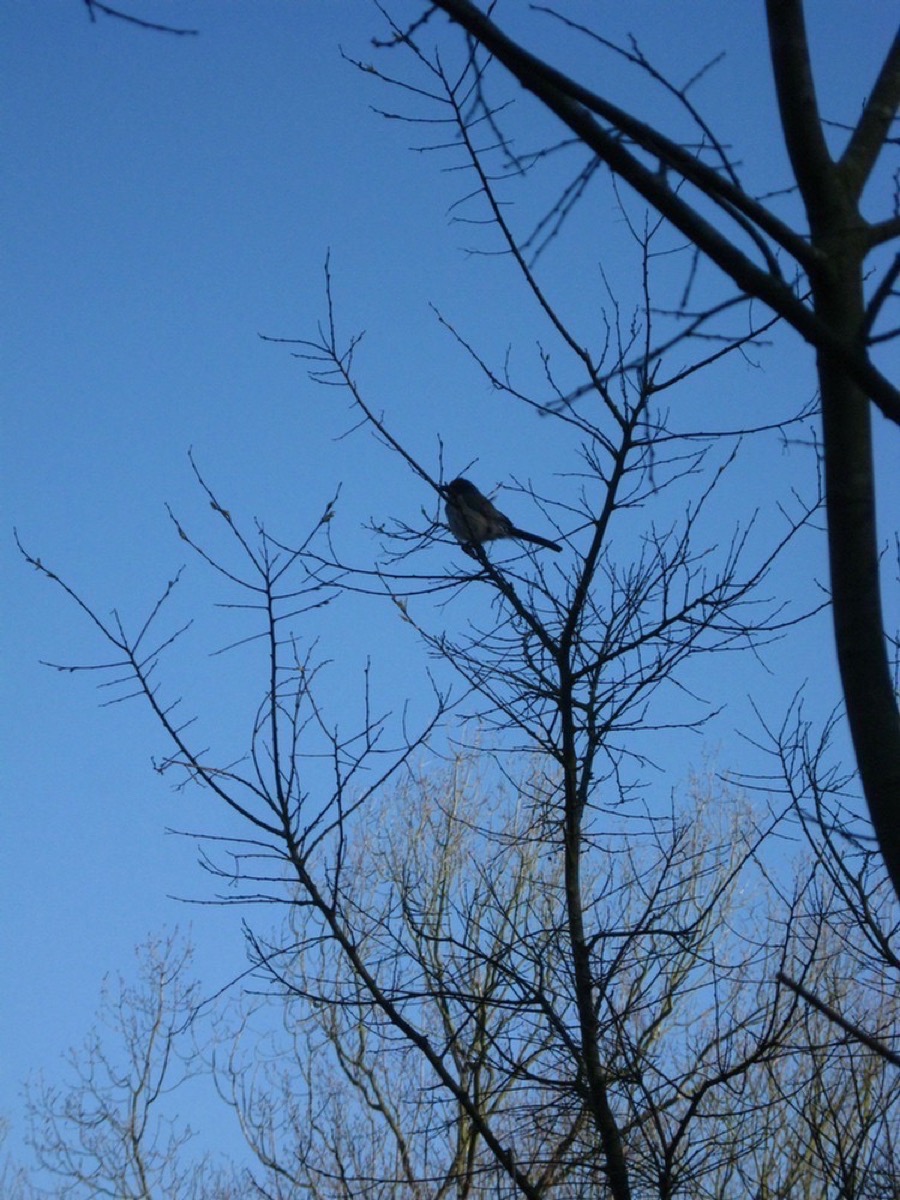
This little bird was noisy!
Talk About Roots... This Was The Champion In The Banyan Forest
Did you know? - In vascular plants, the root is the organ of a plant that typically lies below the surface of the soil. This is not always the case, however, since a root can also be aerial (growing above the ground) or aerating (growing up above the ground or especially above water). Furthermore, a stem normally occurring below ground is not exceptional either (see rhizome). So, it is better to define root as a part of a plant body that bears no leaves, and therefore also lacks nodes. There are also important internal structural differences between stems and roots.
The first root that comes from a plant is called the radicle. The two major functions of roots are:
1) absorption of water and inorganic nutrients and
2) anchoring of the plant body to the ground.
In response to the concentration of nutrients, roots also synthesize cytokinin, which acts as a signal as to how fast the shoots can grow.
Roots often function in storage of food and nutrients. The roots of most vascular plant species enter into symbiosis with certain fungi to form mycorrhizas, and a large range of other organisms including bacteria also closely associate with roots. The parts of a root are the xylem, the epidermis, the cortex, the root cap, the root hairs, the phloem, and the cambium.
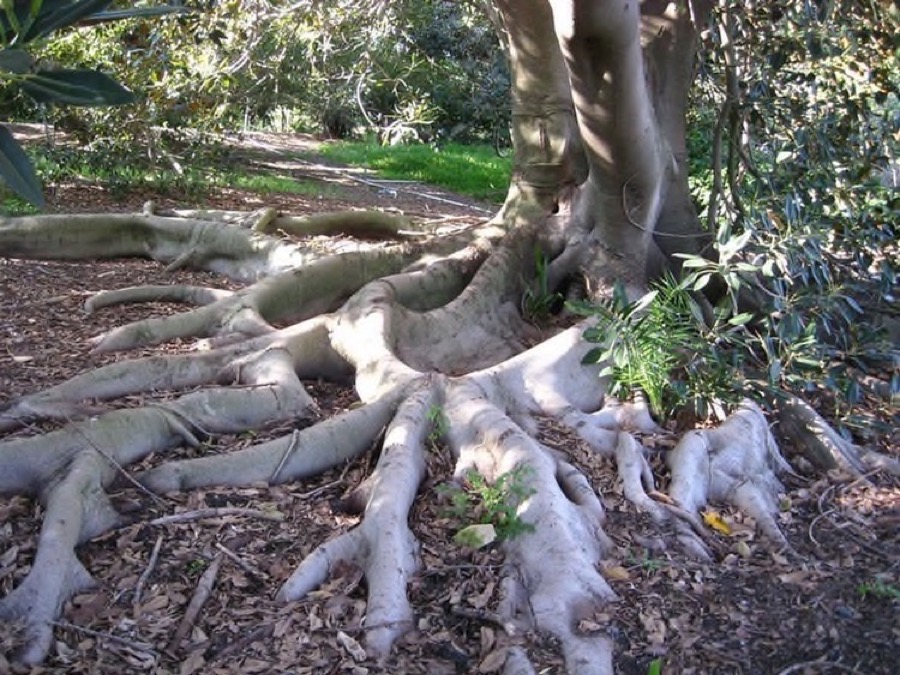
The
banyan tree has fascinating roots
Did you know? - The name was originally given to F. benghalensis and comes from India where early travellers observed that the shade of the tree was frequented by banias or Indian traders.
The Portuguese picked up the word to refer specifically to Hindu merchants and passed it along to the English as early as 1599 with the same meaning.
By 1634, English writers began to tell of the banyan tree, a tree under which Hindu merchants would conduct their business. The tree provided a shaded place for a village meeting or for merchants to sell their goods. Eventually "banyan" became the name of the tree itself.
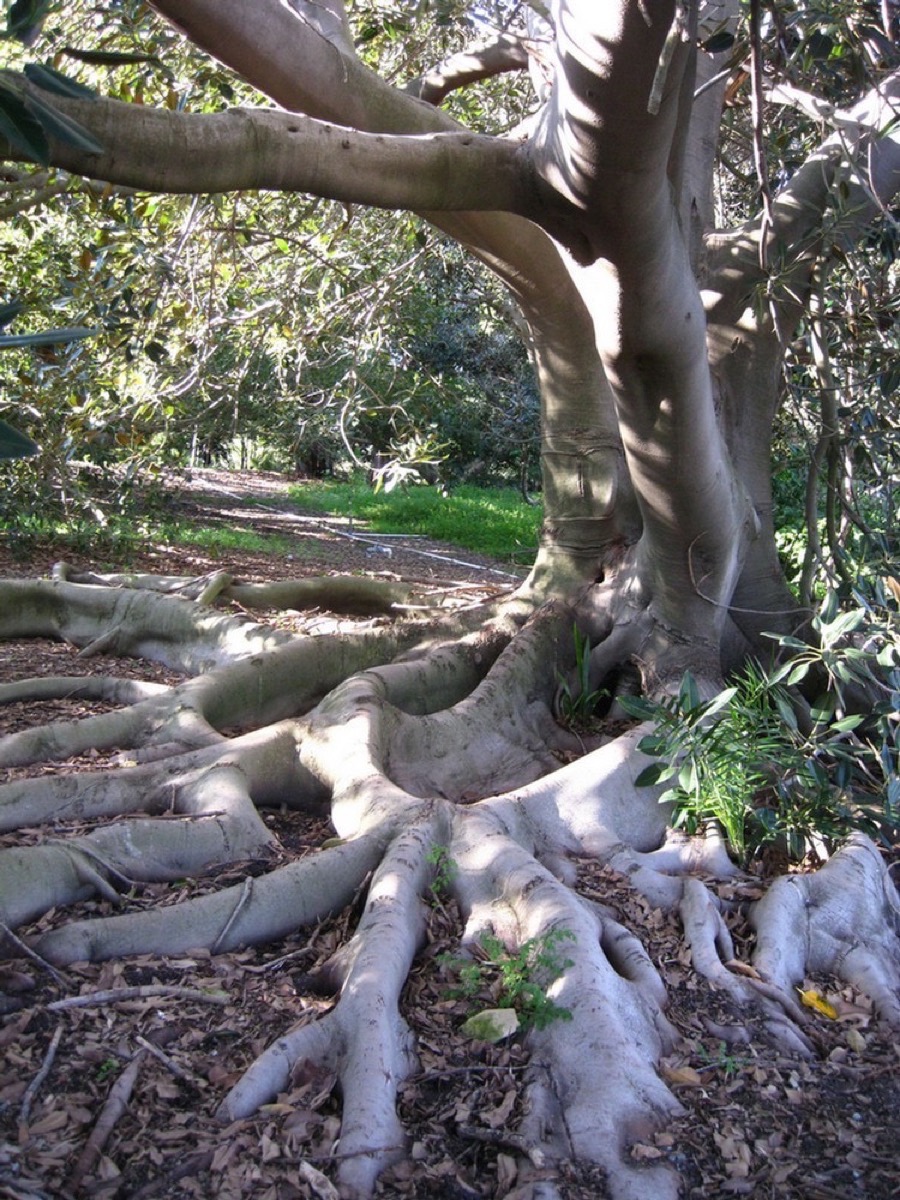
Did you know? - In Hinduism, the banyan tree is considered sacred and is called "Ashwath Vriksha." God Shiva as Dakshinamurthy is nearly always depicted sitting in silence under the banyan with rishis at his feet. It is thought of as perfectly symbolizing eternal life due to its seemingly unending expansion.

Time for a refreshment
We Visited The Palm Collection
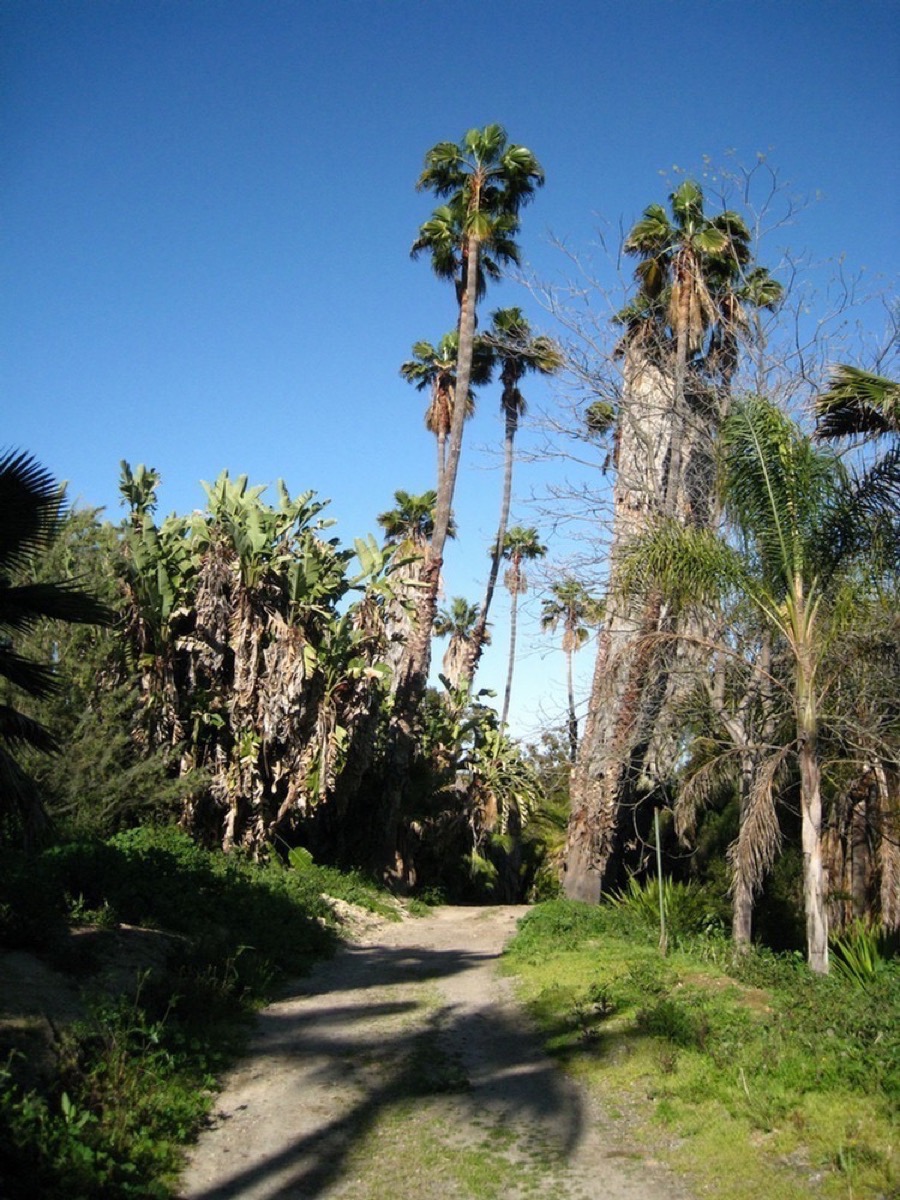
Did you know? - Palms are among the best known and extensively cultivated plant families. They have been important to humans throughout much of history. Many common products and foods are derived from palms, and palms are also widely used in landscaping for their exotic appearance, making them one of the most economically important plants. In many historical cultures, palms were symbols for such ideas as victory, peace, and fertility. Today, palms remain a popular symbol for the tropics and vacations.
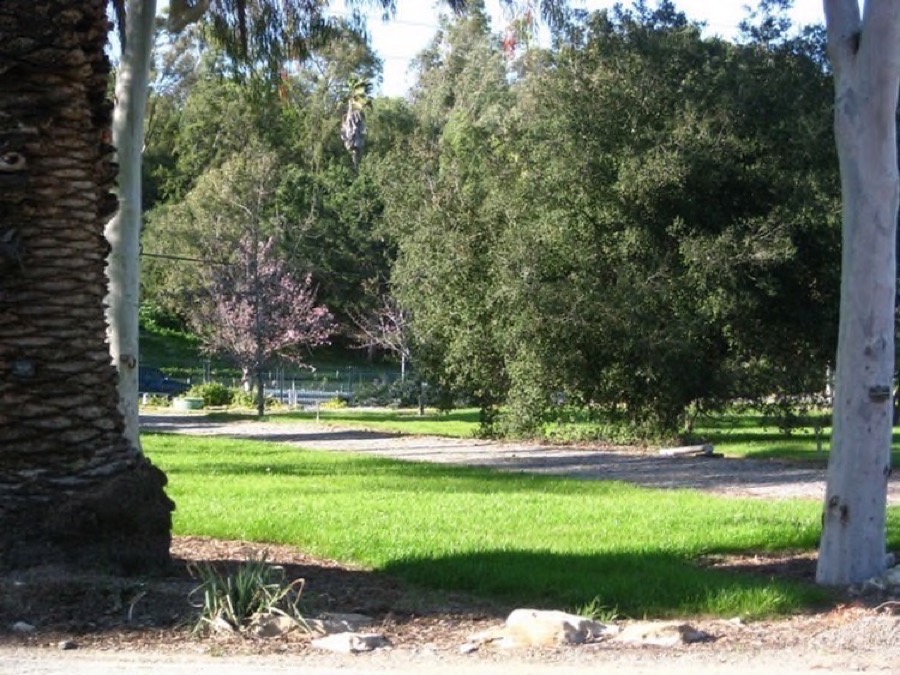
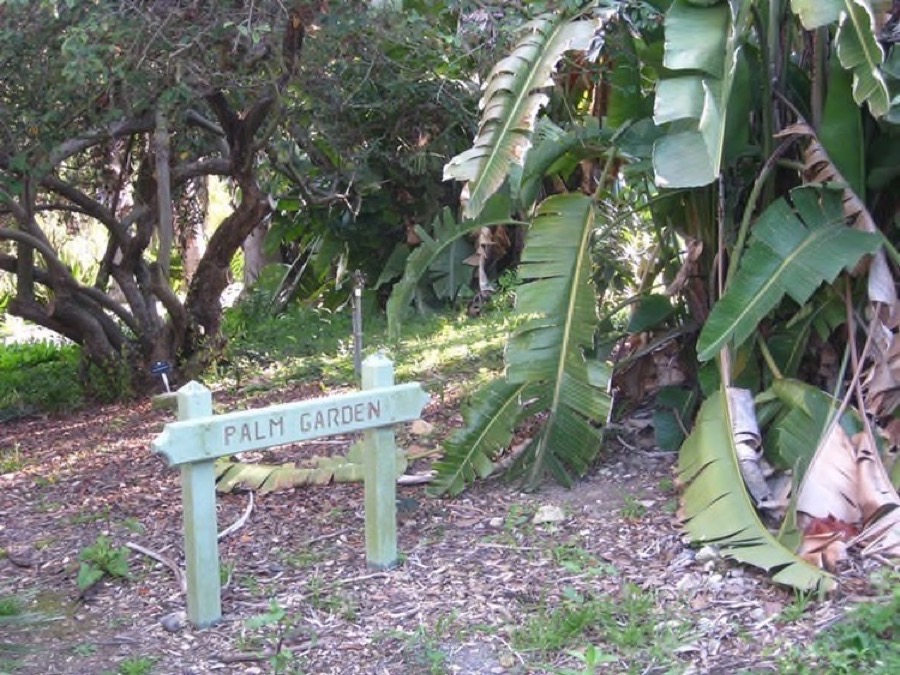
Off To The Mediterranean Gardens
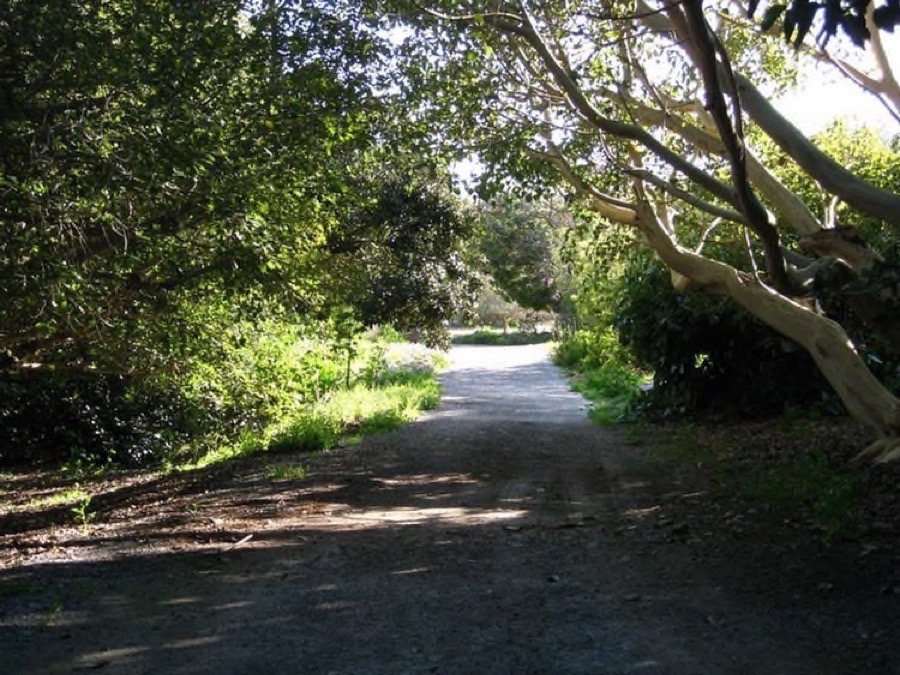
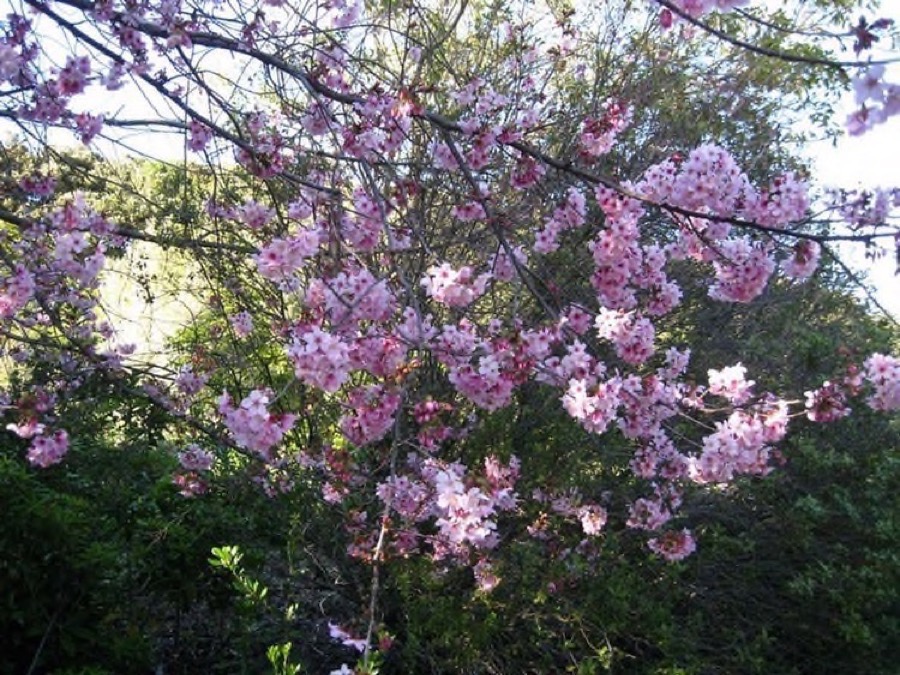
Flowering Cherry Trees were pretty
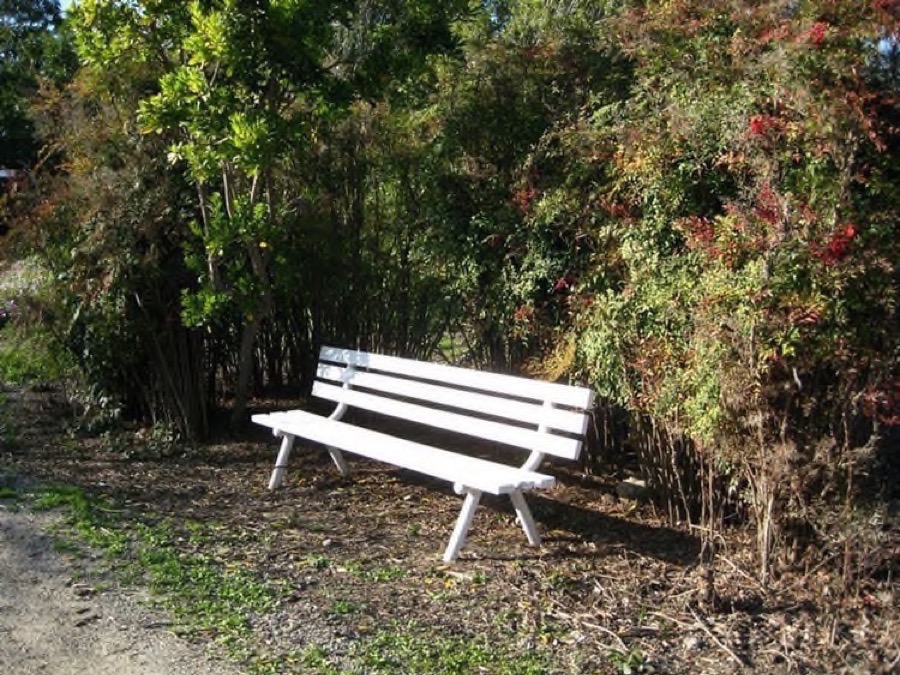
Benches are available throughout the garden
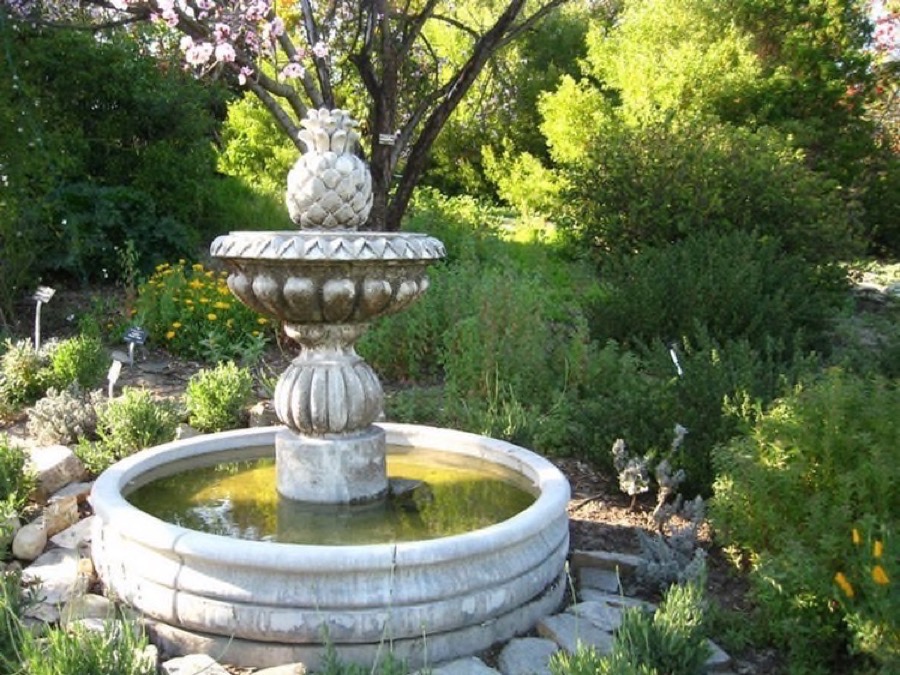

Did you know? - The term Mediterranean derives from the Latin word mediterraneus, meaning "in the middle of earth" (medius, "middle" + terra, "land, earth"). This is either due to the sea being surrounded by land (especially compared to the Atlantic Ocean) or that it was at the centre of the known world. The Greek name is Mesogeios (Μεσόγειος), "inland, interior" (from μέσο, "middle" + γη, "land, earth")

The trail zigged and zagged up the slope
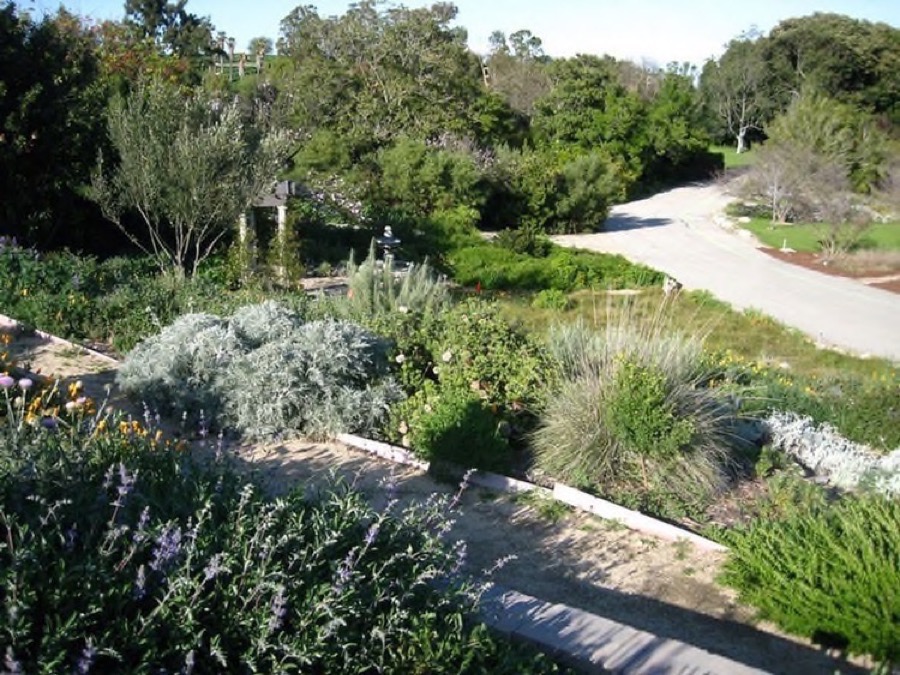
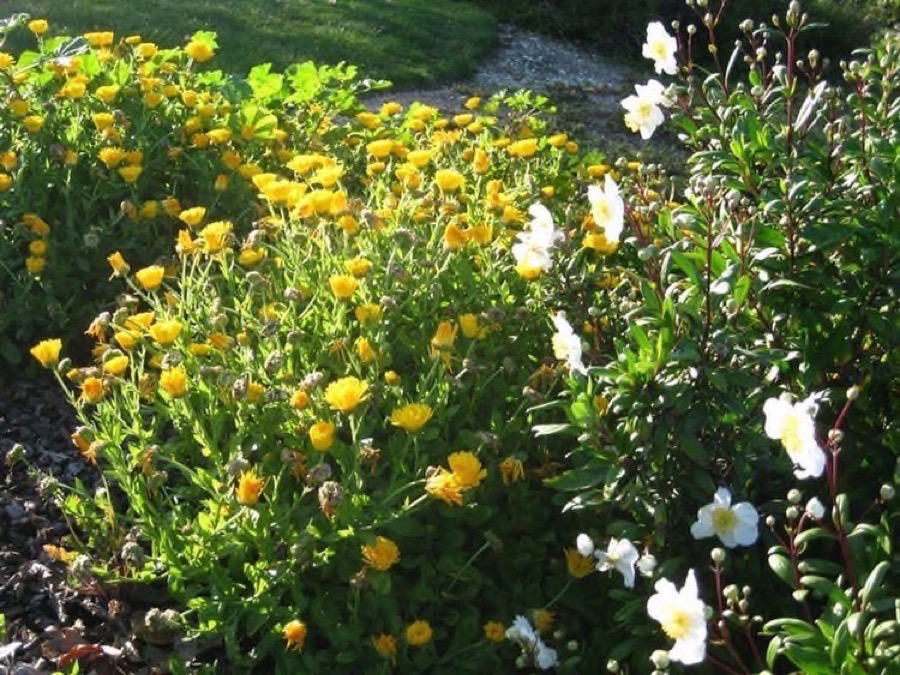
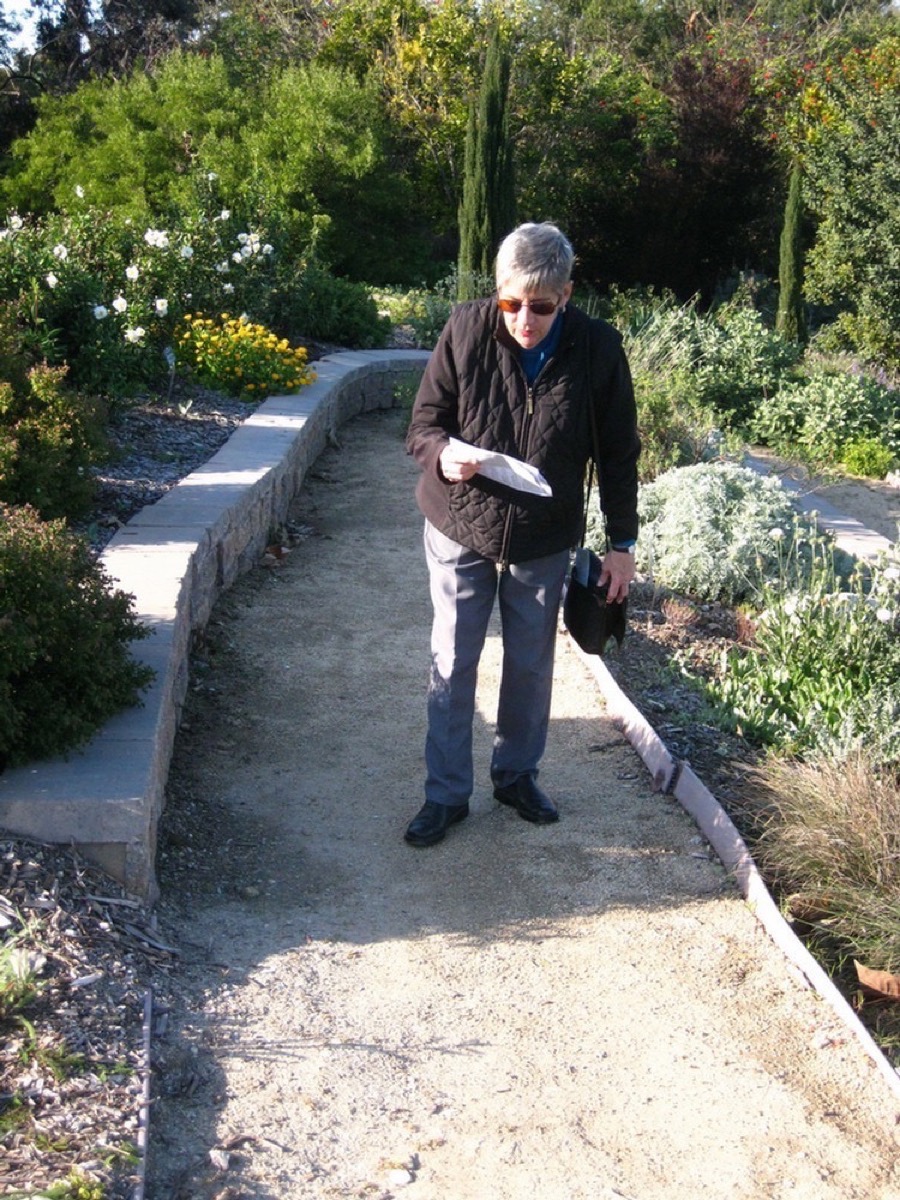
We needed the map
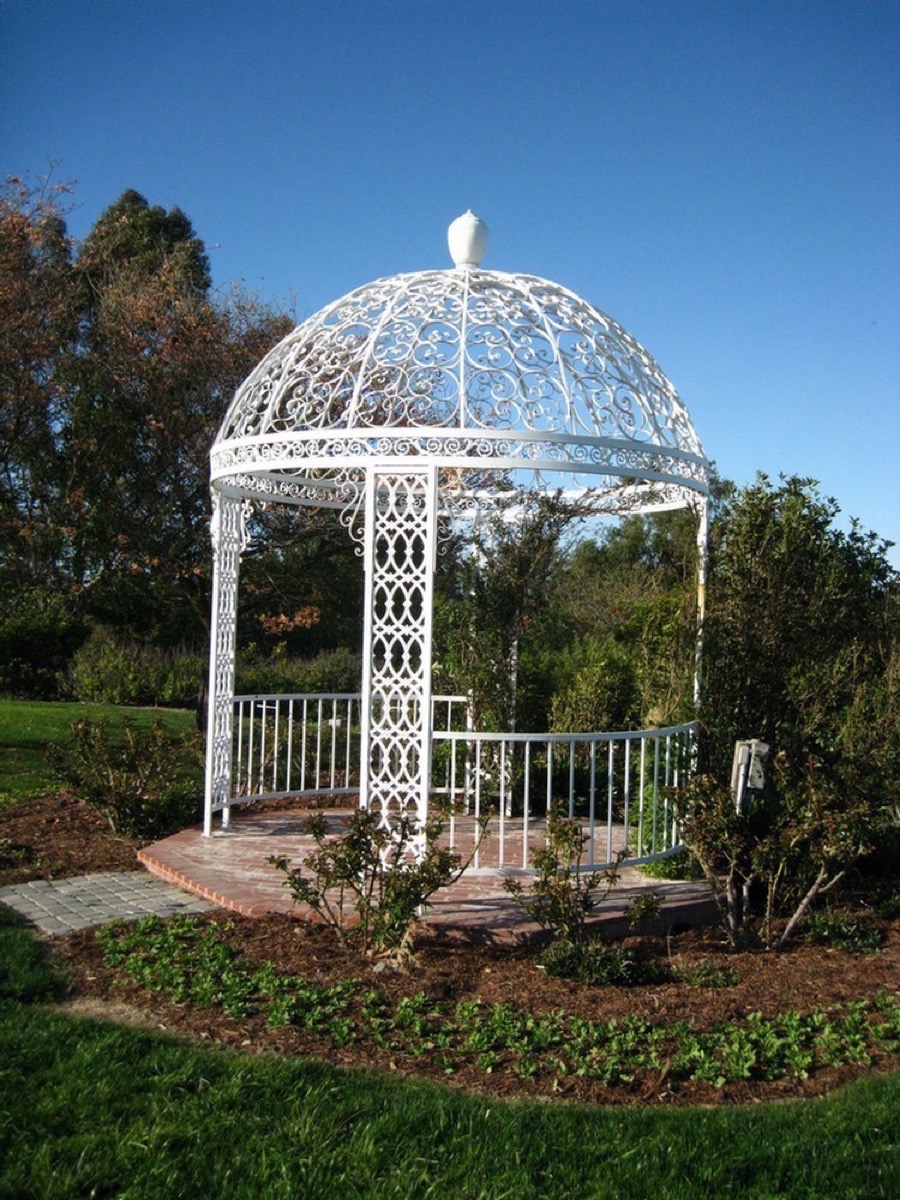

You could use your cell phones to get a description of the locations... Neat idea
Garden For The Senses
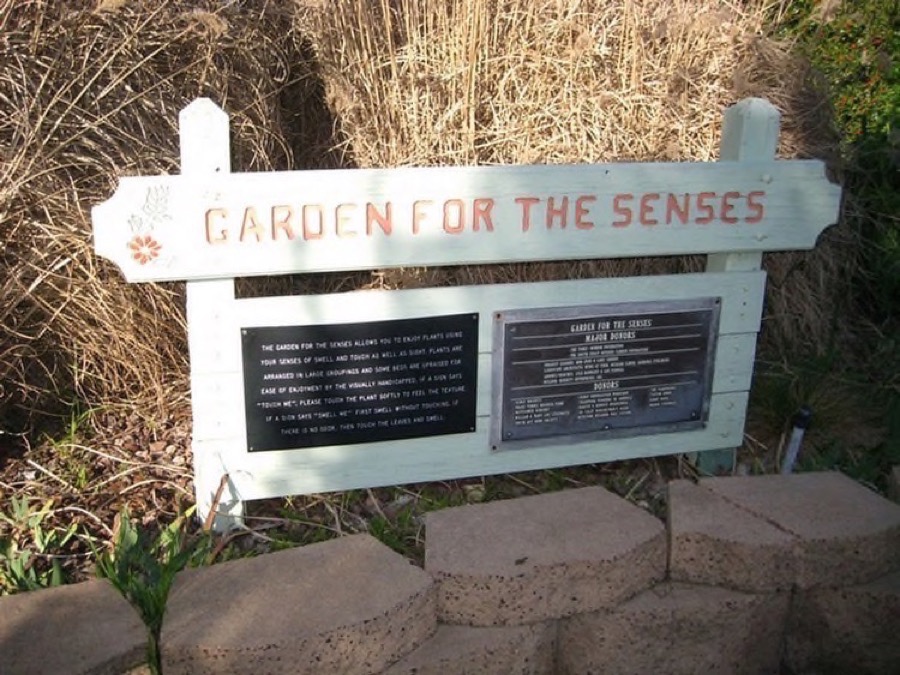
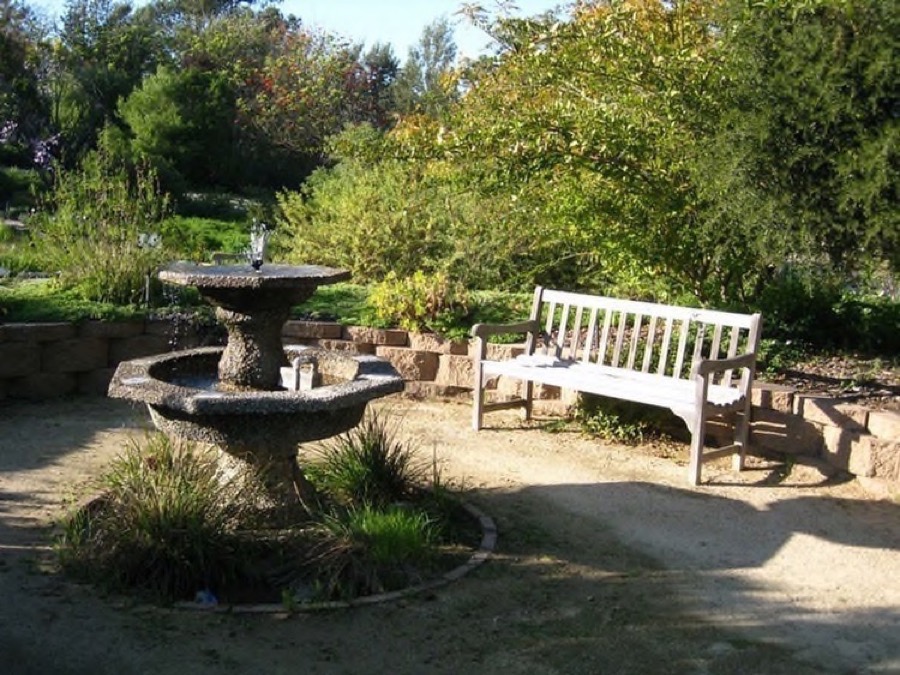
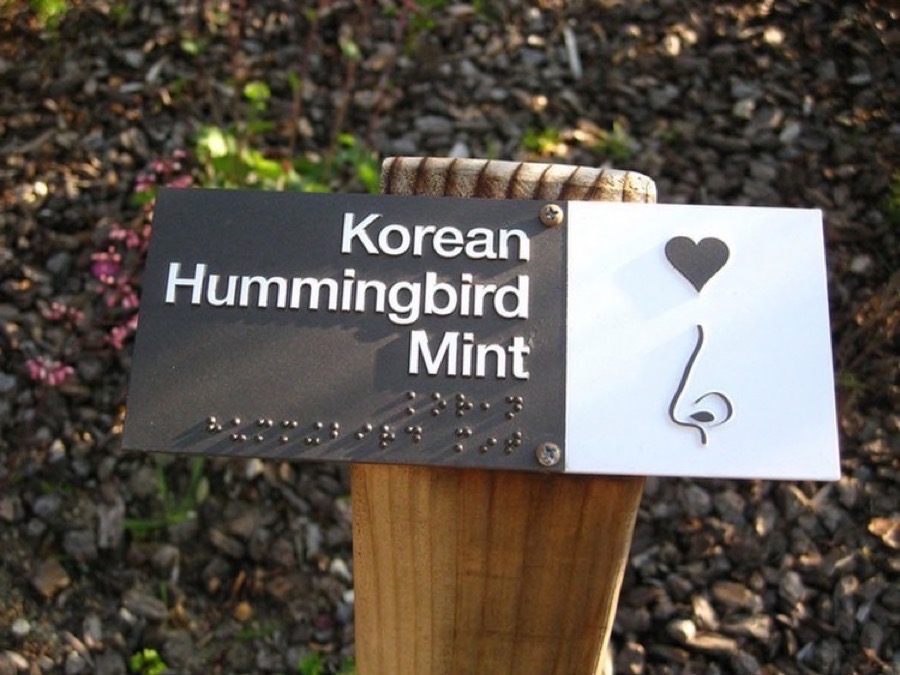
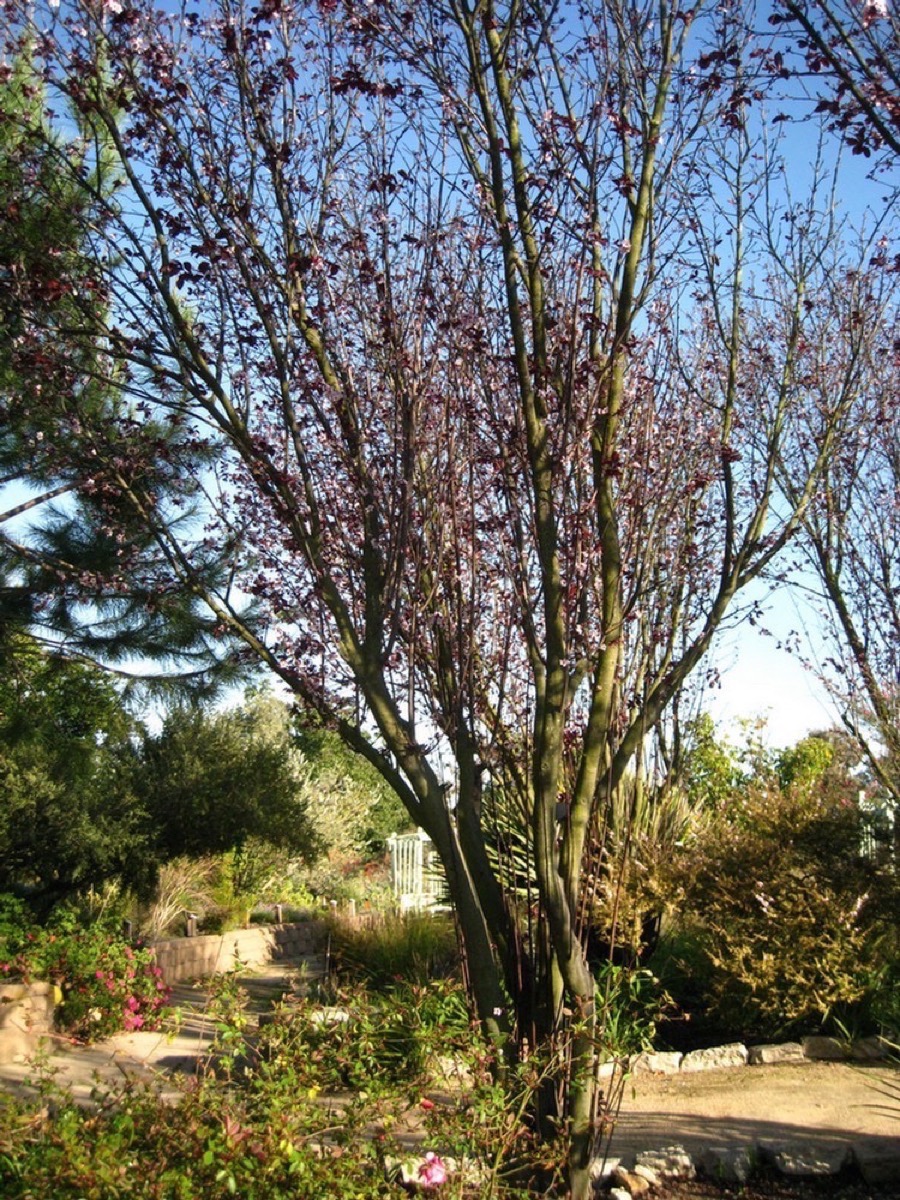
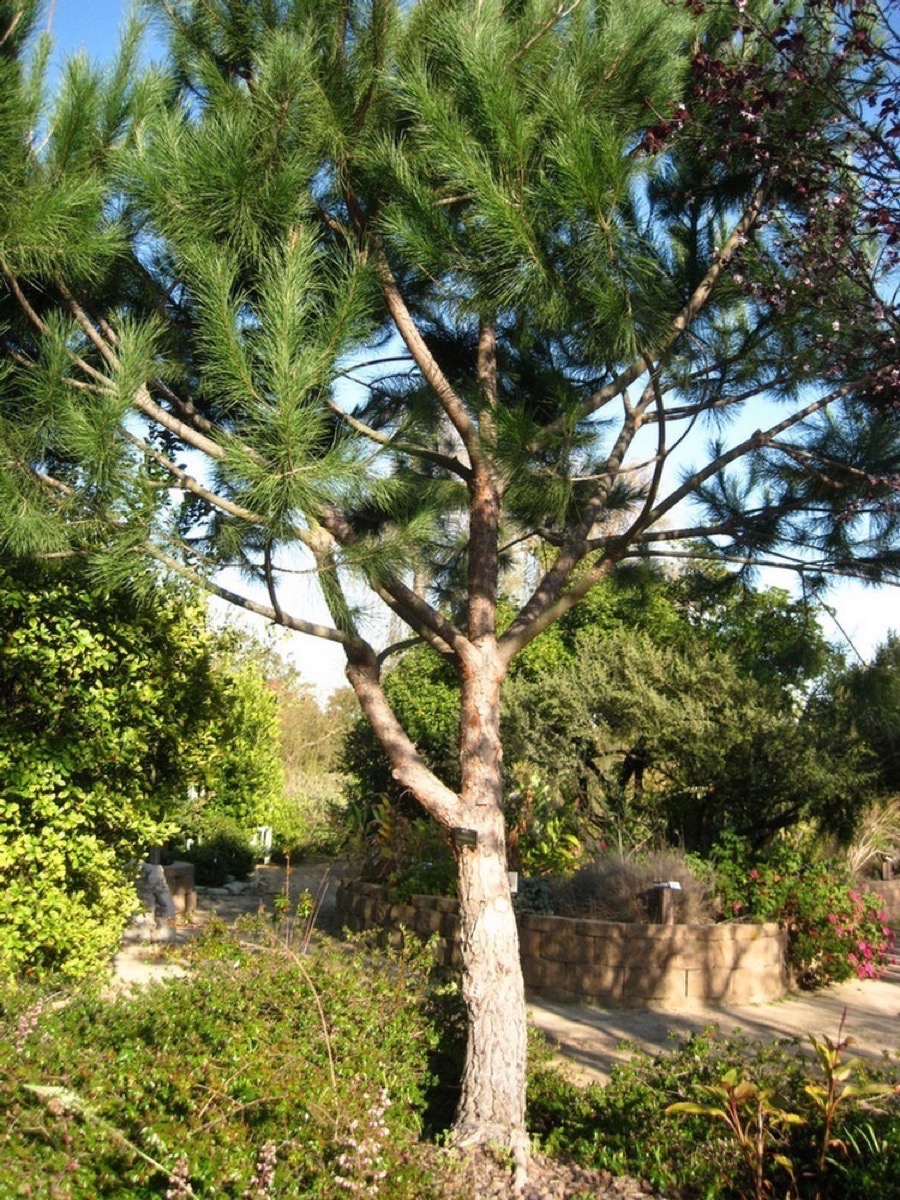
You could smell the pine

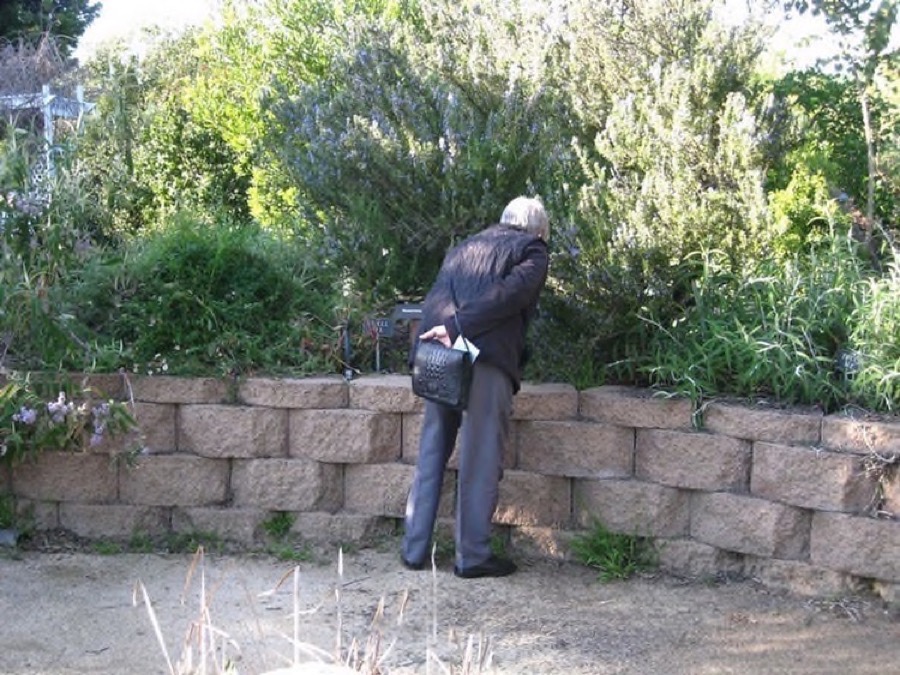

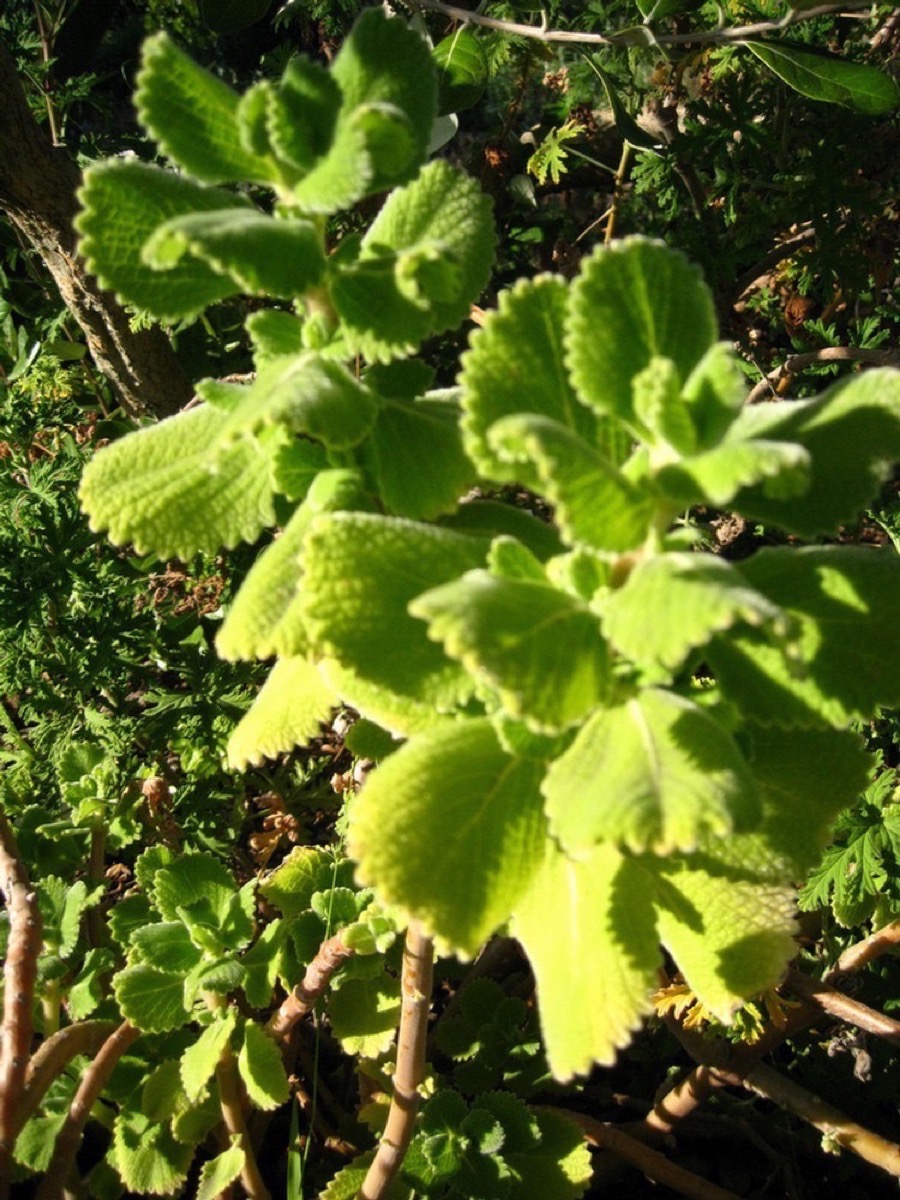
It felt like velvet
Did you know? - Velvet is a type of woven tufted fabric in which the cut threads are very evenly distributed, with a short dense pile, giving it a distinct feel.
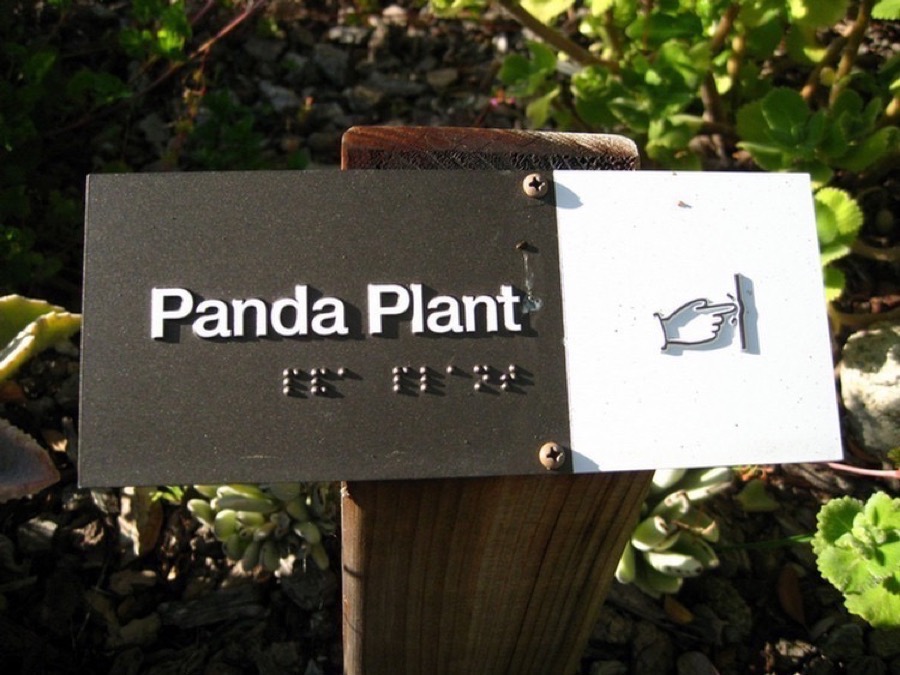
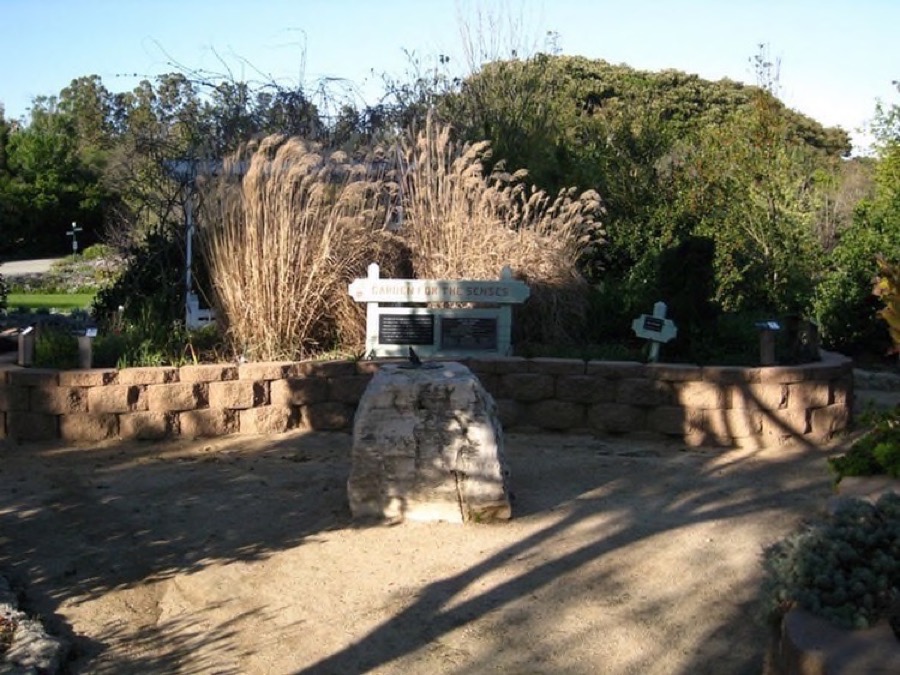
The Dormant Rose Garden
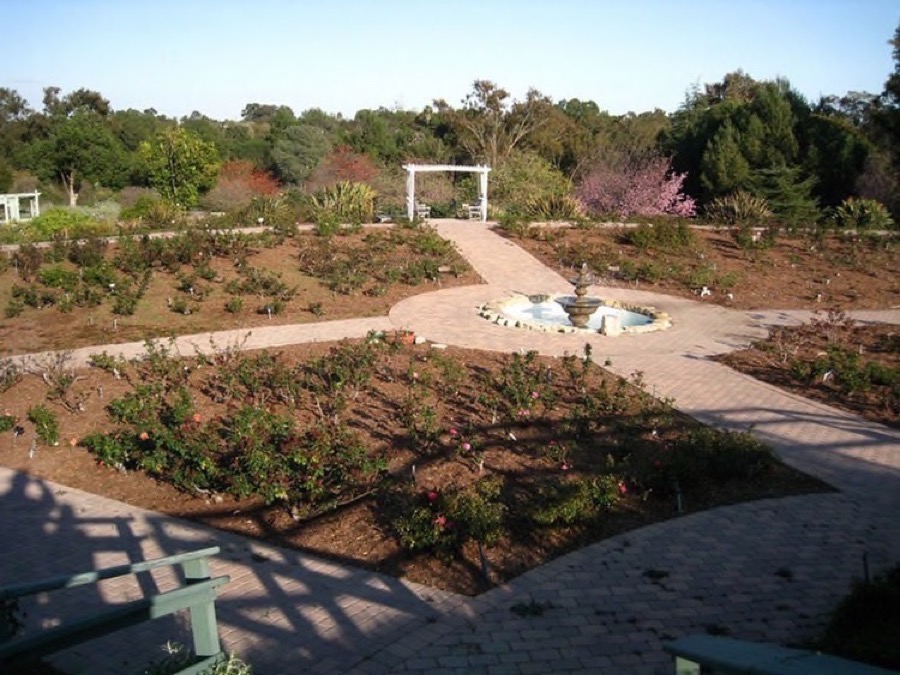
Time To Leave
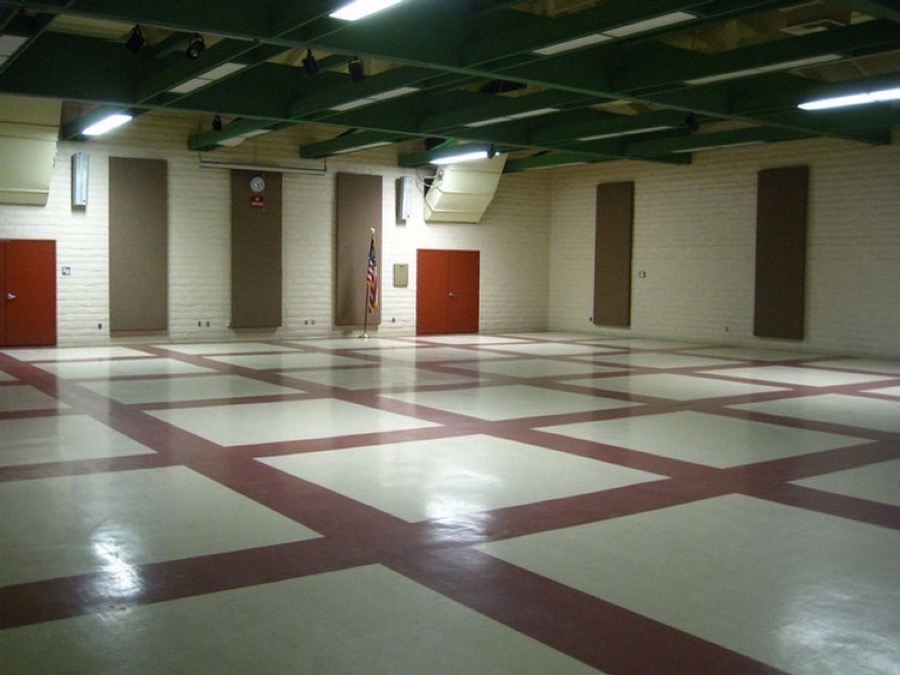
Nice hall for meetings

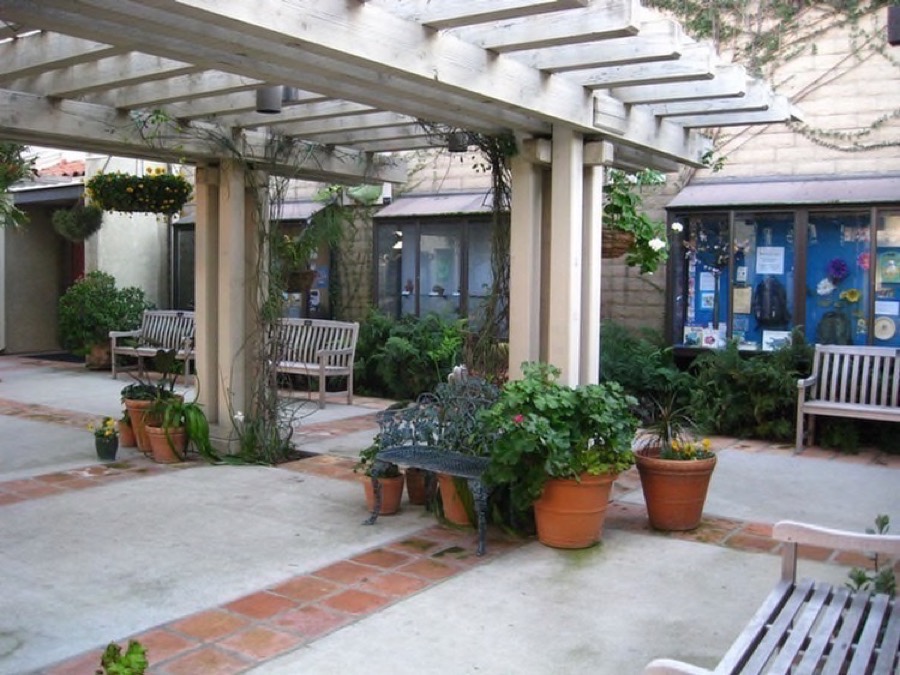
Did you know? - Unique from the start, South Coast Botanic Garden is one of the world's first botanical gardens to be developed over a sanitary landfill. The Garden is a masterpiece of creative land reclamation and environment improvement for all to share. It is a living testimonial to the fact that land reclamation not only offers a practical solution to refuse disposal problems, but also beautifies and improves land values at the same time. The Garden has become a beautiful and restorative urban oasis among the hustle and bustle of a major mega-metropolitan area.
Return To Page One